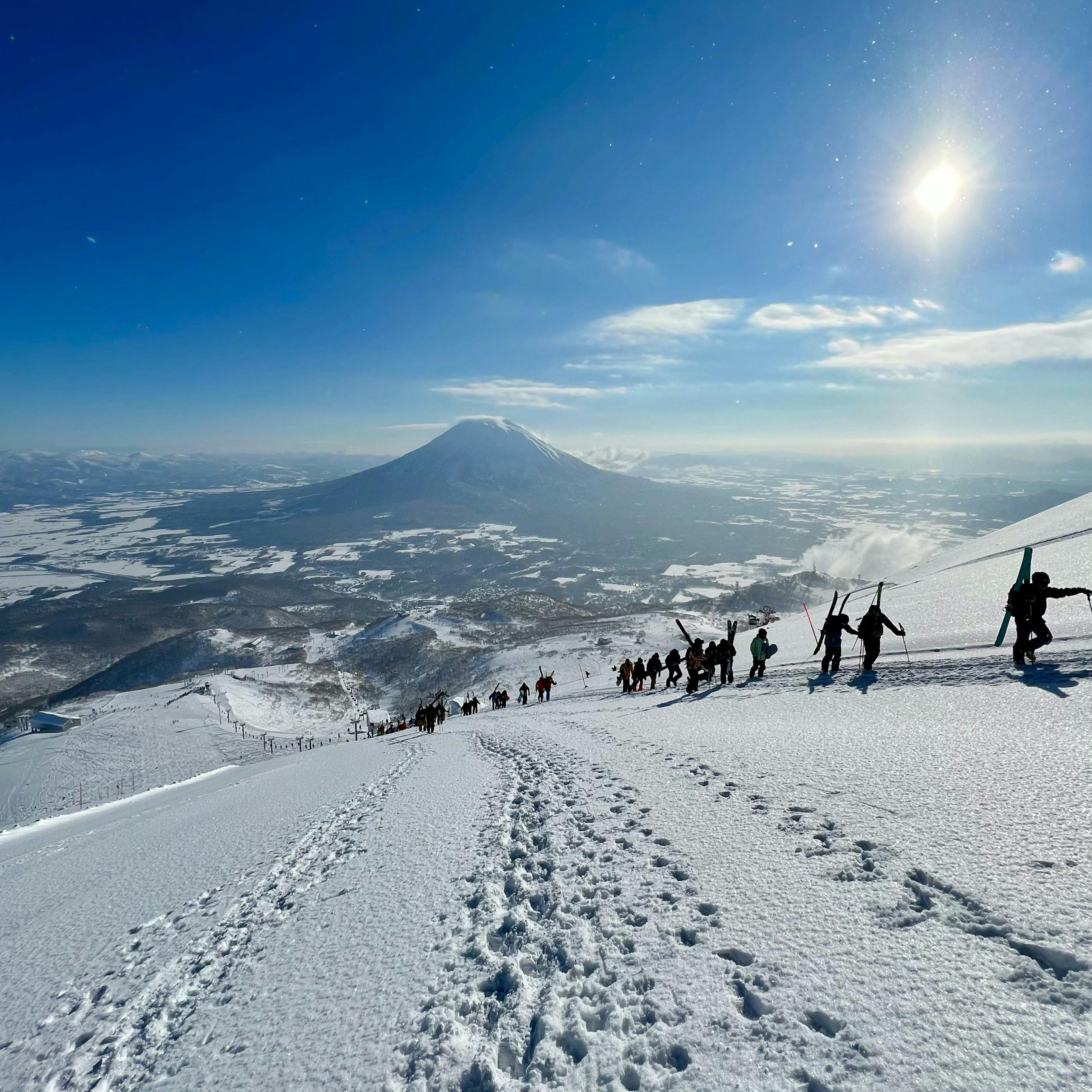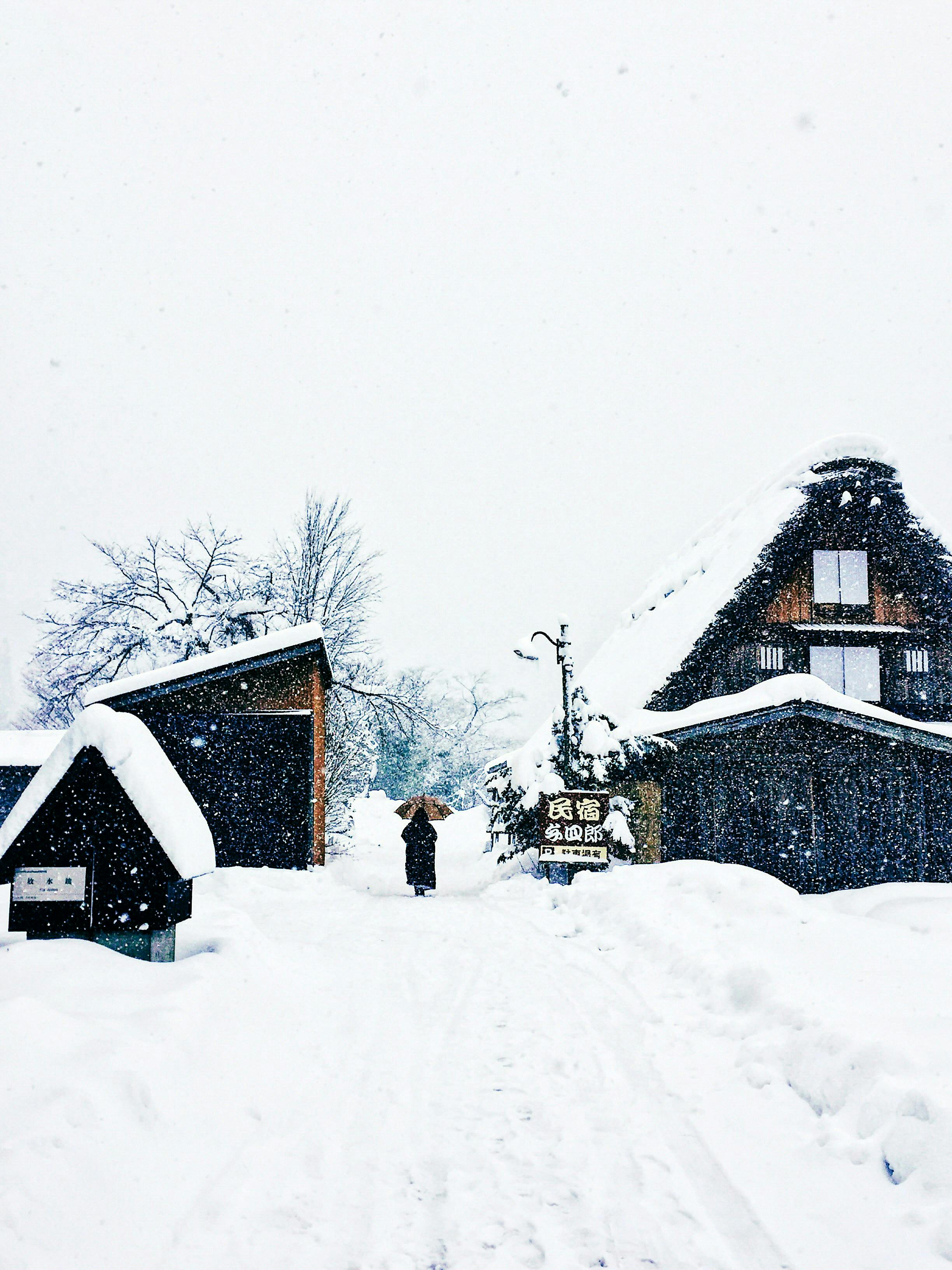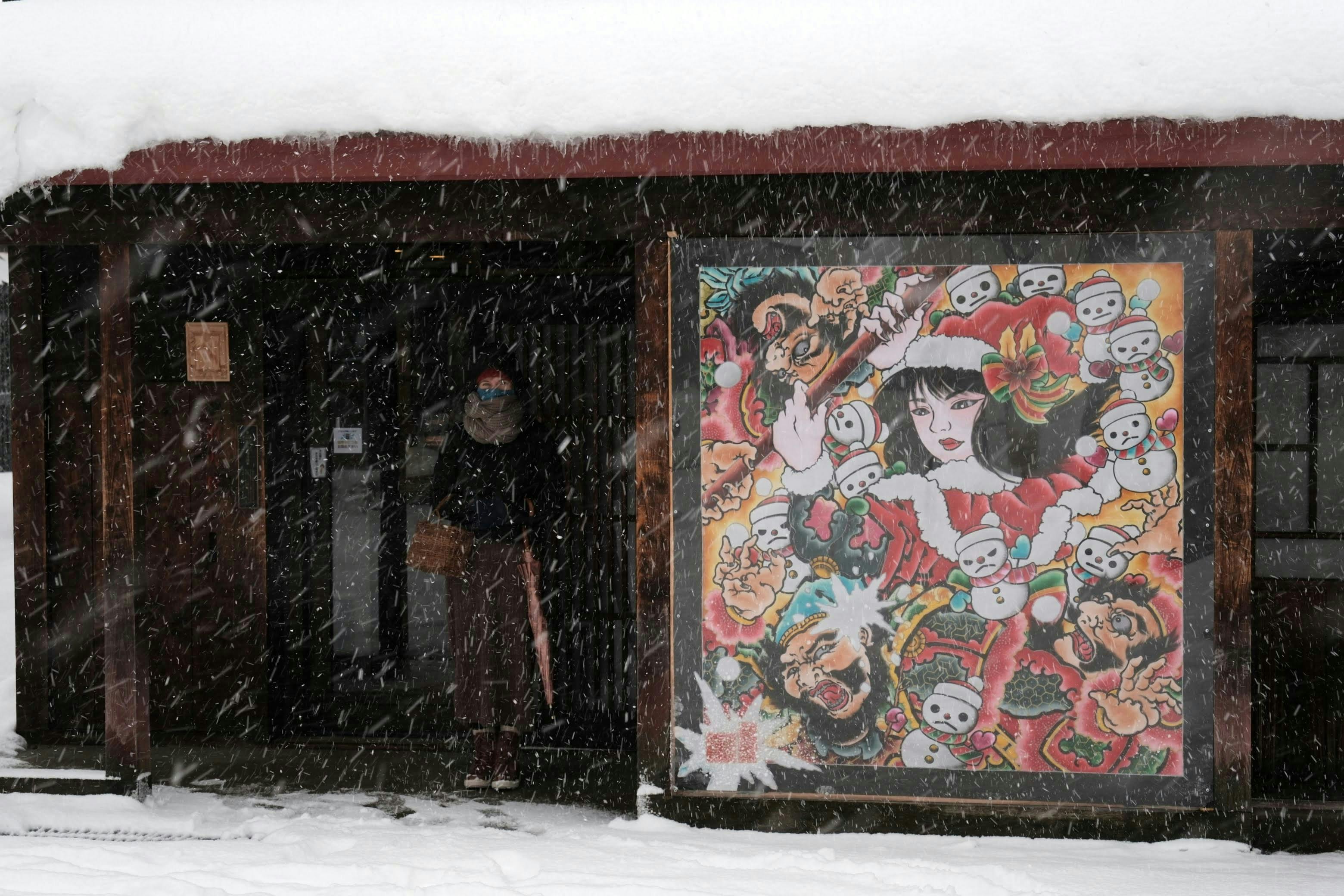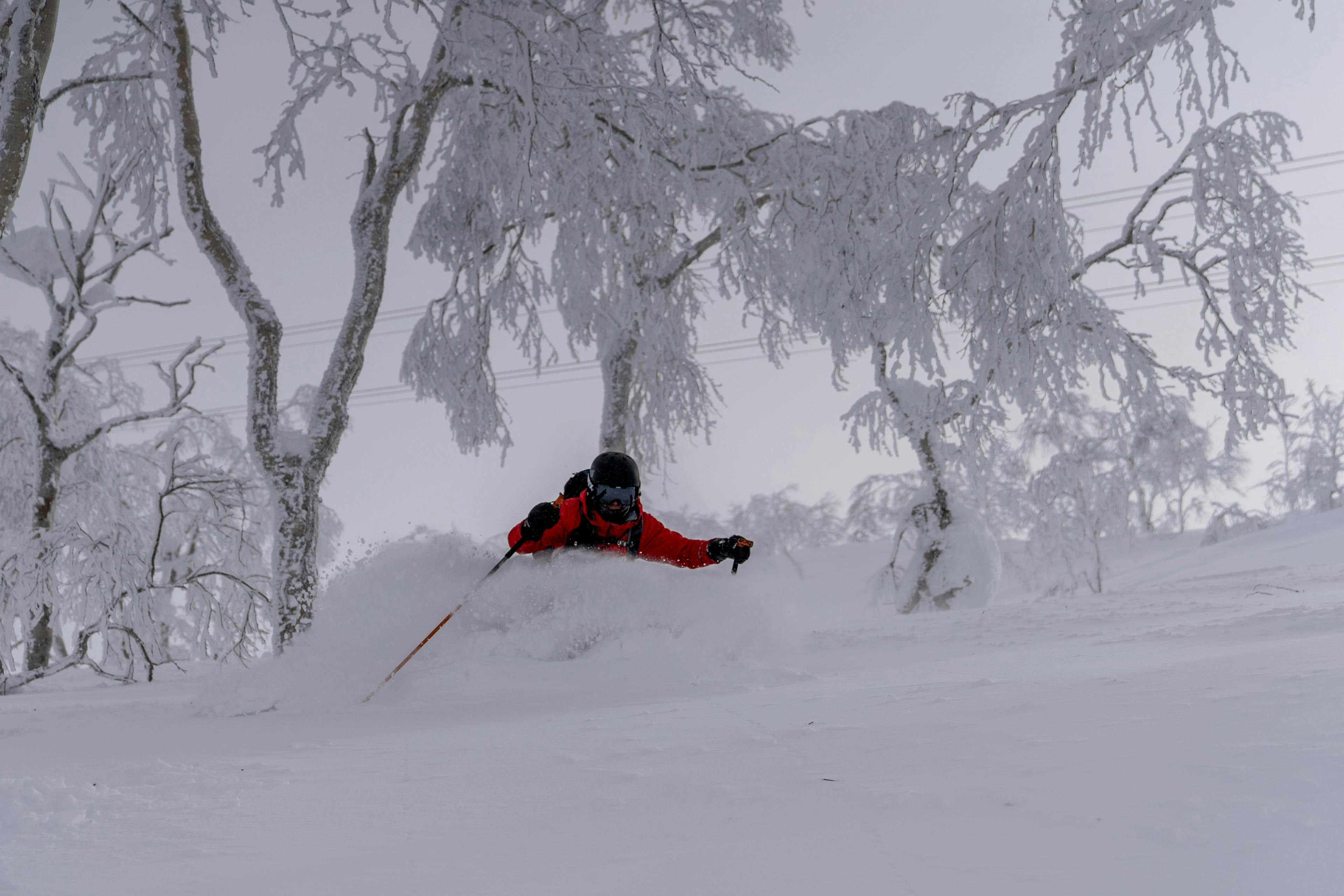
*This article was first posted in 2019 and updated on December 23, 2024.
It’s no secret—skiing and snowboarding in Japan are bucket-list dreams for many, and they should be on yours too. But have you ever stopped to wonder why Japan gets so much snow? What unique weather patterns turn this destination into a paradise of deep, powdery slopes? Year after year, Japan offers powder snow that skiers and snowboarders dream about, and we’re here to dive into what makes it so extraordinary.


Some higher elevations in Japan see upwards of 600 inches of snow between December and April with the bulk of snow coming in January and February. The northern island of Japan, Hokkaido is especially known for its abundant powder. Each trip to Japan is special. Think deep snow, bottomless powder turns, rejuvenating hot springs (known as ‘onsens’ in Japanese), and a chance to soak in the amazing culture.

If you’re ready for a ski trip that’s anything but ordinary, Japan’s snowy regions are calling your name. Famous for its dry, fluffy powder – aka Japow – this is the kind of snow that makes every turn feel like you’re floating on clouds. With nonstop storms blanketing the slopes, especially in Hokkaido, it’s a paradise for powder lovers. Plus, Japan’s snow consistency means you can count on epic conditions during peak months like January and February.

The icy Siberian wind sweeps across Asia, gathers moisture over the Sea of Japan, collides with Japan’s mountains, and unleashes heavy snowfall in its wake. Image: Weather Channel
So, why is Japan especially blessed with consistent, deep heavy snowfall? According to OpenSnow.com meteorologist Joel Gratz, we can thank Asia and the nearby ocean for Japan’s abundant snow.
“The general west-to-east flow of weather pushes cold air from Russia and China over the Sea of Japan and then into the mountains along the west coast of Japan. The combination of cold air, moisture from the Sea of Japan, and the lift created when the wind hits Japan’s mountains is what creates heavy snow,” says Gratz.
Another factor that contributes to the consistent snowfall in Japan is that the water in the Sea of Japan does not freeze. This means that ocean water always contributes moisture to the atmosphere, which eventually falls as snow. Meteorologist Gratz explained further: “If the Sea of Japan froze during the winter, much like the Great Lakes sometimes do in the United States, then the flow of moisture would be cut off, and that means that the snow would largely stop. Thankfully, that doesn’t happen.”

Japan has earned its title as "the snowiest place on Earth," and it’s easy to see why. Most records show an average of 300 to 600 inches of winter-time snowfall throughout the mountains of Japan – that’s 25 to 50 feet! However, these measurements usually come from observers in towns near the base of ski areas. Head up to the higher elevations, and you’re looking at nearly double that. For perspective, that’s almost twice the annual snowfall of Vail, which averages 254 inches a year.
The northern island of Japan—Hokkaido—sits at a latitude similar to Jackson Hole, Wyoming. Because of its northern location, the air can be a bit colder and the powder a bit lighter, on average. Hokkaido is home to world famous Niseko and Kiroro, as well as other ski resorts like Rusutsu, Furano, Tomamu, and Sahoro.

Further south, the main island of Japan—Honshu—and the most popular ski areas on this island sit at a latitude similar to Mammoth, California, and the southern border of Colorado. Due to its slightly more southern location, Honshu tends to be a bit warmer than Hokkaido. However, in general, the mountains here are taller than Hokkaido, which means that you can go higher for colder air. Honshu is where you'll find some of Japan's most iconic ski destinations, including Hakuba Valley (known as the Japanese Alps), Lotte Arai, Shiga Kogen, and Appi Kogen.

Which region gets the best snow? It all comes down to the weather patterns each season, so make sure to check out the current year's forecast before you go. But if you’ve got the time, why not explore both regions and enjoy the best of what they have to offer? Both guarantee epic snow, plus local culinary delights like savory sushi, Sapporo miso ramen, and cozy comfort food like nabe (hot pot) – the perfect way to warm up after a day on the slopes.
Japan is famous for deep, light, fluffy powder – called Japow, short for Japanese powder. While that’s usually the case, the temperature of each storm dictates whether you’ll find fluffy or heavy powder. For the most part, expect medium-density to light, fluffy powder, with occasional periods of heavier, thicker snow when a warmer storm pushes through.

Many people brag that the snow in Japan falls non-stop during wintertime. While that's a bit of an exaggeration, the truth is that Japan offers some of the highest odds for scoring a powder day compared to anywhere else in the world. Sure, the snow stops here and there, but don’t worry – the next epic powder day is usually just around the corner.

__________________________________________________________________________________________________
Ready to experience that deep Japow that everyone’s been talking about? Our 65+ Mountain Travel Experts can customize a vacation package for you with discounted lodging, lift tickets, flights, ground transportation and more. They’re standing by at 800-610-8911. You can also get started by filling out a form for a free custom quote.

Author



Sign up for exclusive offers, news, updates and more.